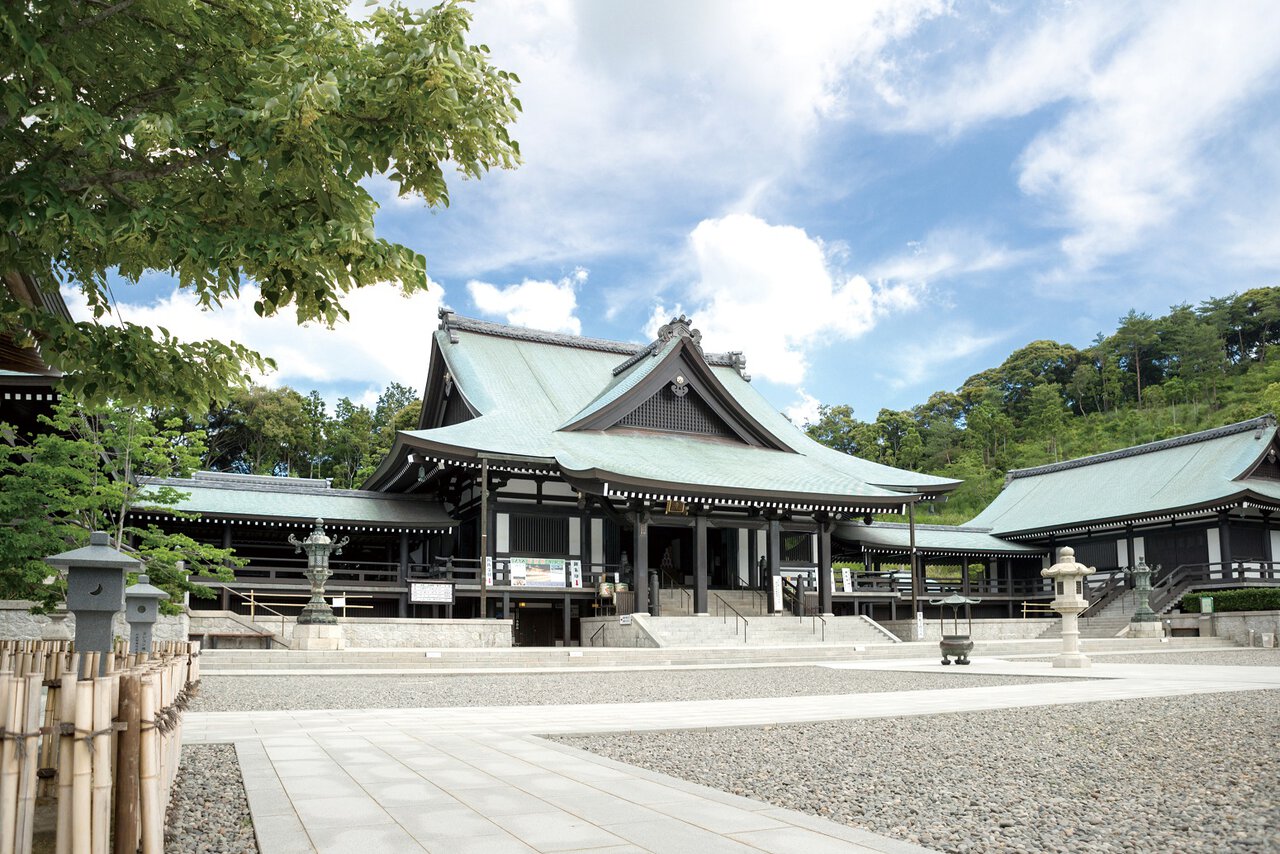Hattasan Soneiji Temple

Sonei-ji Temple, one of the three Enshu Sanzan Temples, is a bekkaku-honzan (a quasi-head temple) of the Koyasan Shingon Sect and the time-honored classic temple.
In 725, dating back to more than 1,000 years ago, Gyoki Shonin enshrined the honzon (a principal object of worship at a temple) of Sho Kanzeon Bosatsu (Avalokitesvara-bodhisattva), and Kobo Daishi ascended to the temple to enshrine the statue of the venerable Naibutsu Fudo Myoo.
Emperor Shirakawa and Emperor Goshirakawa dispatched an imperial messenger to the temple to donate Buddhist ritual implements.
In 1533, Ujiteru Imagawa from Suruga, who fought against Nobutora, a father of Shingen Takeda, donated jiryo (temple estate) to the temple, and the temple was treated by Ieyasu Tokugawa as the social standing of 50,000 koku (crop yields) in 1602.
There are historically valuable buildings in Sonei-ji Temple.
“Niomon Gate” is a national important cultural property and Nio statues with stern looks stand at the gate to protect the temple.
The next gate that appears after Niomon Gate is “Kuromon Gate.” Its coal-black gate features a roof called a hiwadabuki (a cypress bark roof).
Behind Kuromon Gate, there is a pine tree planted by Ieyasu Tokugawa himself.
In summer, the Enshu Sanzan Wind-Bell Festival is held here. When the wind blows, many wind bells play comfortable sounds in unison.
At the Manto Festival held on July 9 and 10, countless lanterns cast a soft light on the precincts.
Many people look forward to the festival every year.


